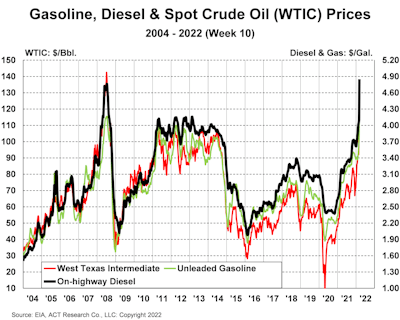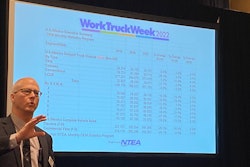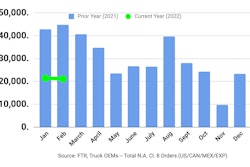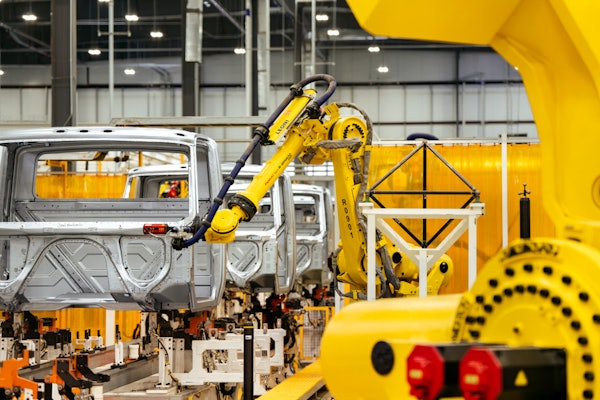
Supply-chain constraints kept a lid on the industry’s ability to raise build rates through 2021, and just as the supply of chips was starting to improve, the risk to auto and truck manufacturing supply chains has risen once again, according to ACT’s latest release of the North American Commercial Vehicle OUTLOOK.
“Energy markets aside, the global supply of neon, critical for laser lithography in semiconductor manufacturing, is concentrated in a Ukrainian export hub on the Black Sea. While supply-chain risks pile on to what manufacturers have been living with for the past five quarters, the spike in oil prices brings a different set of repercussions for the economy at large,” says ACT President and Senior Analyst Kenny Vieth.
[RELATED: Trucking economists ponder impact of war in Ukraine at Work Truck Show]
“Looking beyond the tragedy of the war, the challenge in understanding the impact of the situation on the domestic economy, and by extension commercial vehicles, is how long it will take for the situation to normalize. Implicit in oil prices remaining elevated, new supply-chain constraints are likely to occur, food prices will keep rising and the corrosive effects of inflation will get materially worse,” Vieth says.
And for buyers of commercial vehicles, the virus continued to bend consumer spending to goods and away from services in early 2022. Backlogged freight should support activity through the first half of this year, “but the longer oil prices remain elevated, the more business and consumer dollars will be diverted from the stuff that gets moved by truck,” he says.










